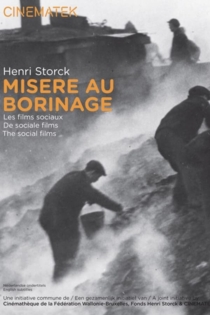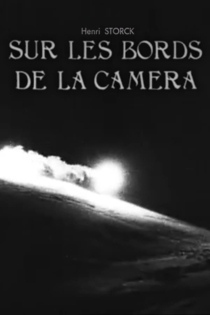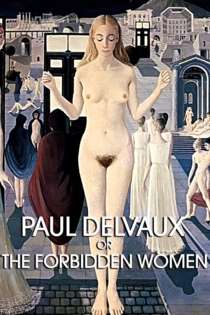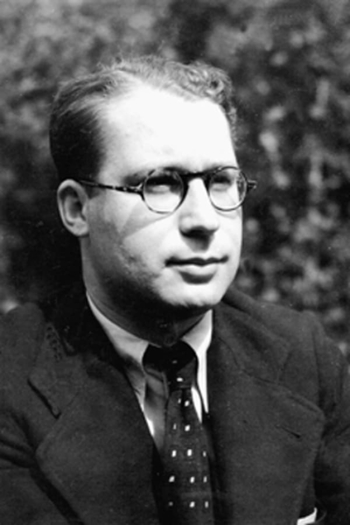
Henri Storck
1907 - 1999Henri Storck (1907, Ostend – 17 September 1999) was a Belgian author, film-maker and documentarist.
In 1933, he directed, with Joris Ivens, Misère au Borinage, a film about the miners in the Borinage area. In 1938, with Andre Thirifays and Pierre Vermeylen, he founded the Cinémathèque Royale de Belgique (Royal Belgian Film Archive). He was an actor in two key films of the history of the cinema: Jean Vigo's Zéro de conduite (1933) in the role of the priest, and Chantal Akerman's Jeanne Dielman, 23 Quay Commercial, 1080 Brussels (1976) in the role of a customer of the prostitute.
Jacqueline Aubenas wrote about him, in her expository work, It's been going on for 100 years: a history of the francophone cinema of Belgium: "There emerges forcefully the personality of a cineaste who is not a militant in the sense that this term had in the 1930s for Soviet directors who held an ideology, but in the sense of a generous man who will never choose the wrong side and who will be, in ethics as well as in esthetics, in the first line of battle".
Description above from the Wikipedia article Henri Storck, licensed under CC-BY-SA, full list of contributors on Wikipedia.
Mes entretiens filmés
Boris Lehman
François Albéra, Jean-Marie Buchet
This distinctly personal journey into the artistic possibilities of independent film is not to be missed. Jonas Mekas, Jean-Pierre Gorin, Robert Kramer and many other visionaries and mavericks of the silver screen – as well as a book seller, a critic and a psychoanalyst – discuss what cinema has meant to them, what it is and what it could be and, implicitly, how it has changed over the 18 years in which this film was shot. Director Boris Lehman leads the charge, drawing in moments of absurdist humour and inventive camera work; he keeps things raw and spontaneous. His encounters with the now much-missed Jean Rouch and Stephen Dwoskin are particularly touching and stand testament to their personal playfulness and candour. An engaging, absorbing, epic odyssey of a movie.
My Conversations on Film
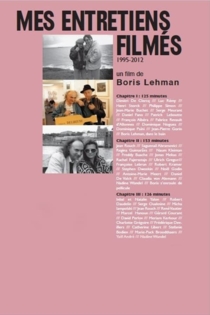
Symphonie Paysanne
Henri Storck, Maurice Delattre
From 1942 to 1944, Henri Storck composed his Symphonie paysanne, in which he describes the day to day life and rituals of the farmers on the rhythm of the seasons. The film is a poem to nature, a lyrical masterpiece on life and death, on animals and plants, on man and his labour.
Peasant Symphony
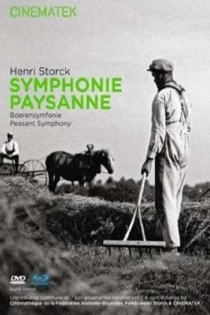
Jeanne Dielman, 23, Quai du Commerce 1080 Bruxelles
Chantal Akerman
Delphine Seyrig, Jan Decorte
A lonely widowed housewife does her daily chores and takes care of her apartment where she lives with her teenage son, and turns the occasional trick to make ends meet. Slowly, her ritualized daily routines begin to fall apart.
Jeanne Dielman, 23, quai du Commerce, 1080 Bruxelles

Images d'Ostende
Henri Storck
Structured in visual chapters: the port, anchors, the wind, the spray, the dunes, the North Sea… A series of images that need no anecdote or explanation. Storck offers a glimpse of Ostend, aspects that order its multiple constitutive elements; The water, the sand, the waves, vital cinematic language displayed in simple pictures. A poetic and kinetic shock, without fiction or sound, which relieves film from its narrative obligation and restores it to the world of sensations that it can alone carry.
Images of Ostend
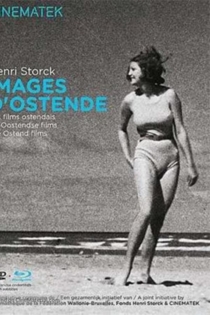
Histoire du soldat inconnu
Henri Storck
Benito Mussolini, Philippe Pétain
For Histoire du soldat inconnu (Story of the Unknown Soldier) Storck watched newsreels for the whole of 1928, the year when 60 nations signed a pact outlawing war, and juxtaposed this heart-warming utopia with the signs of a forthcoming conflict (this was in 1932) – burgeoning nationalism, police brutality, excessive colonialism, bellicose politics. Ferocious editing sarcastically juxtaposes these good intentions with the political farce of speeches and parades, all to the tune of factory chimneys collapsing in slow motion and the exhumed body of an “unknown soldier”. —cinematek.be
Story of the Unknown Soldier
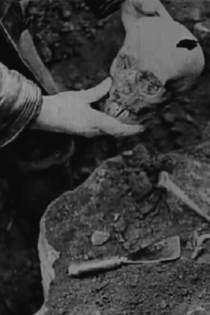
L'île de Pâques
Henri Storck, John Fernhout
Maurice Jaubert
The first Easter Island documentary, filmed in 1935 when the Belgian naval ship Mercator came to collect Drs. Henri Lavacherry and Alfred Métraux, who had arrived six months before to carry out archaeological and ethnological work. The film, directed with melodramatic gusto and featuring a full orchestral score by Maurice Jaubert (who also did the narration), shows islanders, the monuments, and a public dance. A theme of decay and decadence characterizes the film, the motif portrayed gruesomely by extensive close-ups of the inhabitants of the leper colony there at the time. The film suited a romantic image of a mysterious lost civilization, the survivors eking out a pitiful existence on a barren rock. (Grant McCall)
L'île de Pâques

Les maisons de la misère
Henri Storck
Borinage left Henri Storck profoundly disturbed by injustice and social poverty. When he was offered a chance to make the film he undertook an in-depth survey into the working class and slums and shouldered his camera as a militant filmmaker. In a plot of Walloon slums he staged characters and situations as examples. All shots work on intensity, the filling of the frame, which gives the impression of being unable to breathe, of being trapped, closed in. And in the face of this overflowing misery is the emptiness of the expressions, the absence of emotion. Survival is all. But the message of hope is there, with the destruction of slums (the hovels are demolished as if getting rid of a tyrant) and the construction of garden cities surrounded by trees in bloom and a future of song, leaves one with the impression that man’s dignity has been safeguarded.
Houses of Poverty
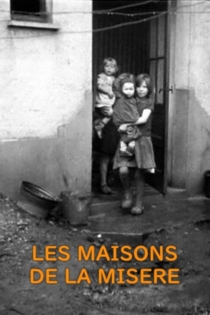
Rubens
Henri Storck, Paul Haesaerts
Paul Haesaerts
This surreal abstract film falls into three sections, or movements, the first taking place on the ground, the second in the air and the third again on the ground. In the first movement various motifs or themes are introduced, which are again picked up and developed in the third movement. Six spheres, evolved in the first movement, become the sole subject matter–or “dancers”–of the second movement, which consists of a simple type of ballet using the floor-plan choreography or traditional ballet as a basis of interest.
Rubens
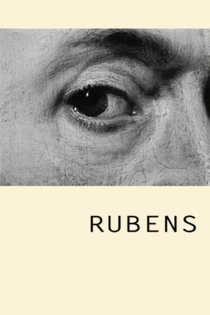
Cinemafia
Jean Rouch
Joris Ivens, Henri Storck
Three pioneers of documentary filmmaking – Joris Ivens, Henri Storck, and the man behind the camera, Jean Rouch – recall the early days of the documentary genre and speak about their creative methods and sources of inspiration. This lively discussion between the directors is shot in cinéma vérité style and spliced with footage from their older films.
Ciné-mafia

Permeke
Henri Storck, Patrick Conrad
Leslie de Gruyter, Jan Decleir
When Anna, a twenty-eight-year-old photographer, is put in charge of a report on the restoration works at The Ostend Museum of Modern Art, she discovers by chance five paintings signed Constant Permeke, whose power and mystery move and fascinate her.She decides to embark on a quest to find out about who Permeke actually was, the places where he lived, how he worked, what experiences he went through.
Permeke

